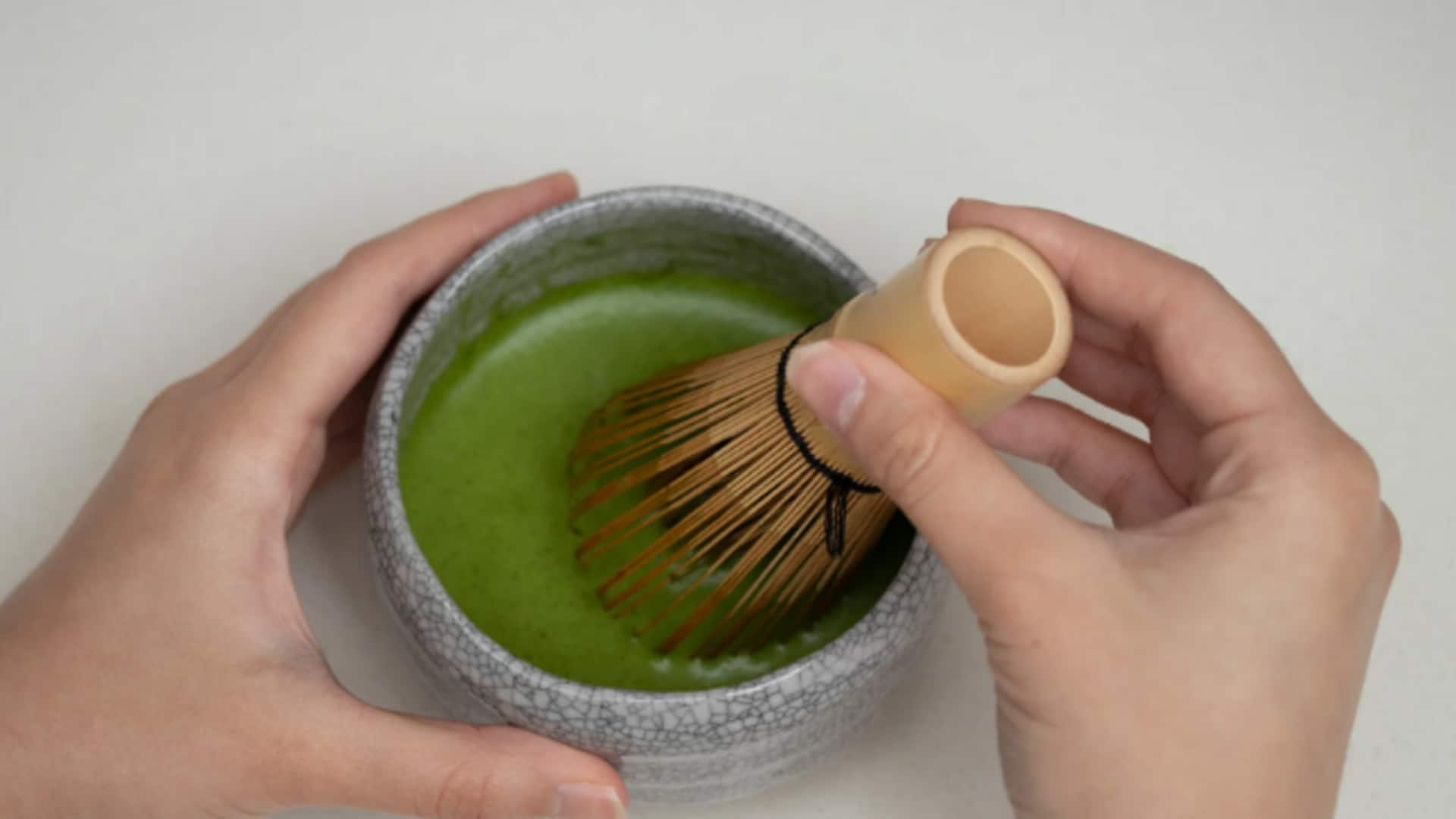
Behind the scenes of Japanese tea whisk-making
What's the story
The dying art of chasen-making, crucial for the Japanese tea ceremony, requires master craftsmen to carefully select and cure bamboo.
It's then split into hundreds of delicate bristles used for whisking matcha into the perfect frothy green tea.
This journey uncovers the intricate process behind each bamboo whisk, revealing the master craftsmanship passed down through generations.
History
A tradition spanning centuries
The art of chasen-making, crucial for the Japanese tea ceremony, started in the 16th century under Murata Juko, who emphasized the significance of whisking matcha in the ceremony.
Ever since, this craft, indispensable for making the perfect frothy matcha, has been handed down from generation to generation.
Each artisan brings their own personal touch, honing the process over the years.
Crafting process
From bamboo to chasen
The process starts with choosing three-year-old bamboo for its flexibility and strength.
After cutting, the bamboo dries for several years.
Craftsmen then carefully split the bamboo into 80 to 120 bristles using special knives, depending on the chasen type.
Every step requires a high level of accuracy and expertise, honed over years of experience.
Varieties
Different types for different teas
Different types of chasen are crafted for various types of matcha and individual preferences for frothiness or smoothness.
For instance, a koicha (thick matcha) whisk features fewer tines arranged more densely than those intended for usucha (thin matcha), which necessitates more tines to generate a frothy texture.
Grasping these subtleties is crucial for the artisans who create them and the practitioners who utilize them in ceremonies.
Challenges
Preserving an artform
Despite its cultural importance, the craft of chasen-making is at risk. Modernization has led to a decline in demand, and fewer young people are entering the trade.
However, hope persists. Communities and cultural organizations are working hard to keep this art form alive.
They offer workshops and apprenticeships, passing on the knowledge and skills of this traditional craft to the younger generation.
Maintenance
Care tips for longevity
To maximize your chasen's longevity, it's crucial to use and care for it properly.
After each use, promptly rinse it under cold water.
Avoid using soap or detergents, which can damage the delicate bristles.
Gently shake off any excess water, then place it on a stand to air dry. This helps maintain its shape.